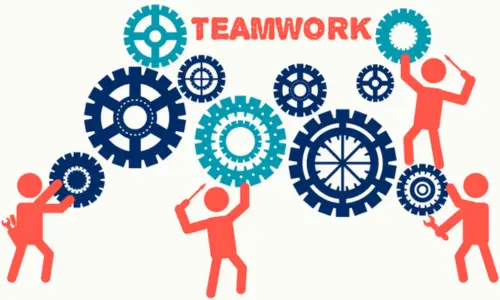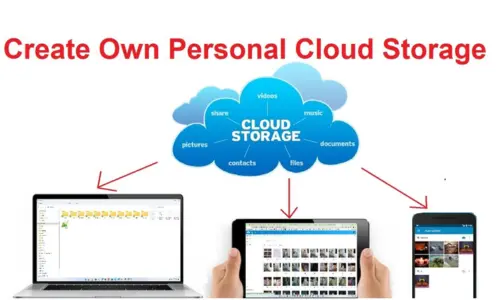How to Use Project Management Software to Boost Team Efficiency
In today’s fast-paced work environment, effective project management is crucial for achieving goals, meeting deadlines, and ensuring that teams work cohesively. With the rise of remote work and the increasing complexity of projects, leveraging project management software has become essential for enhancing team efficiency. These tools offer a range of features designed to streamline tasks, improve communication, and keep projects on track.
In this comprehensive guide, we’ll explore how to use project management software to boost team efficiency. We’ll cover key features to look for, strategies for successful implementation, and best practices for maximizing the benefits of these tools.
1. Understanding Project Management Software
Before diving into how to use project management software, it’s important to understand what these tools offer. Project management software is designed to assist teams in planning, organizing, and tracking project progress.
Key Features to Look For:
- Project Planning: Develop project timelines, Gantt charts, and roadmaps.
- Integration: Connect with other tools like email, calendars, and file storage.
2. Choosing the Right Project Management Software
Selecting the right project management software is a critical first step in enhancing team efficiency. With numerous options available, it’s important to choose a tool that aligns with your team’s needs and workflow.
Factors to Consider:
- Team Size and Complexity: Choose a tool that can handle the scale of your projects and the size of your team. Some software is better suited for small teams, while others are designed for larger organizations.
- Feature Set: Assess the features offered and ensure they meet your project management requirements. For example, if your team requires advanced reporting, look for software with robust analytics capabilities.
- User Experience: Opt for a tool that is intuitive and easy to use.
- Integration Capabilities: Ensure the software integrates with other tools your team uses, such as email, CRM systems, or file-sharing platforms.
- Cost: Consider your budget and evaluate whether the software offers good value for its price. Many tools offer free versions or trials, so take advantage of these to test the software before committing.
3. Implementing Project Management Software
Once you’ve selected the right software, the next step is to implement it effectively within your team. A successful implementation can significantly boost team efficiency and ensure that the tool delivers its full potential.
Steps for Successful Implementation:
- Define Objectives and Scope:
- Clearly outline what you hope to achieve with the project management software. This might include improving task tracking, enhancing team communication, or streamlining project workflows.
- Choose a Project Champion:
- Appoint a team member who will be responsible for overseeing the implementation process. This person should be familiar with the software and act as a point of contact for any issues or questions.
- Train Your Team:
- Provide training to ensure that all team members understand how to use the software effectively. This could involve formal training sessions, tutorials, or hands-on practice.
- Customize the Software:
- Configure the software to fit your team’s specific needs. This might include setting up project templates, creating custom fields, or configuring notifications and permissions.
- Migrate Existing Data:
- Import any relevant data from previous tools or systems to ensure a smooth transition. This might include tasks, deadlines, and project documents.
- Monitor and Adjust:
- Regularly assess how the software is being used and gather feedback from team members. Make adjustments as needed to optimize workflows and address any challenges.
4. Maximizing Efficiency with Project Management Software
To truly harness the power of project management software, it’s important to adopt best practices that enhance team efficiency and productivity.
Best Practices:
- Set Clear Goals and Objectives:
- Establish clear, measurable goals for each project and communicate them to your team. This helps ensure everyone is aligned and focused on the same objectives.
- Break Down Projects into Manageable Tasks:
- Divide projects into smaller tasks with specific deadlines and assign them to team members.
- Utilize Collaboration Features:
- Take advantage of the collaboration tools offered by the software. Use features like chat, file sharing, and comment threads to facilitate communication and collaboration among team members.
- Track Progress and Performance:
- Regularly monitor project progress using the software’s tracking and reporting features. This allows you to identify any issues early and make necessary adjustments to keep projects on track.
- Encourage Accountability:
- Use the software’s task assignment and tracking features to ensure that responsibilities are clear and progress is monitored.
- Leverage Automation:
- This might include setting up automated reminders, recurring tasks, or workflow triggers.
- Regularly Review and Optimize Workflows:
- Periodically review your project management processes and workflows. Look for opportunities to optimize and improve efficiency, and make adjustments to the software configuration as needed.
- Foster a Collaborative Culture:
- Use the software to facilitate communication and ensure that everyone is informed and engaged in the project.
5. Common Challenges and How to Overcome Them
While project management software can greatly enhance team efficiency, it’s not without its challenges. Being aware of common issues and how to address them can help you achieve the best results.
Challenges:
- Resistance to Change:
- Team members may be resistant to adopting new software. To overcome this, provide adequate training, communicate the benefits of the software, and address any concerns or issues promptly.
- Overcomplication:
- Overly complex software can lead to confusion and reduced efficiency. Choose a tool that matches your team’s needs and avoid adding unnecessary features that may complicate workflows.
- Integration Issues:
- Difficulty integrating the software with other tools can hinder productivity. Ensure that the software integrates well with your existing systems and seek support from the software provider if needed.
- Data Migration Challenges:
- Migrating data from previous systems can be problematic. Plan the migration carefully, and test the process to ensure that all relevant data is transferred accurately.
- Underutilization:
- The software’s features may not be fully utilized. Encourage team members to explore and use all relevant features, and provide ongoing support to help them get the most out of the tool.
Conclusion
Project management software is a powerful tool for boosting team efficiency, streamlining workflows, and improving project outcomes. By understanding the features of different software options, choosing the right tool for your team, and implementing best practices, you can enhance your team’s productivity and achieve your project goals more effectively.
Whether you’re managing a small team or a large organization, leveraging project management software can transform the way you handle projects and drive success. With the right approach, you can unlock the full potential of these tools and create a more efficient, collaborative, and productive work environment.







